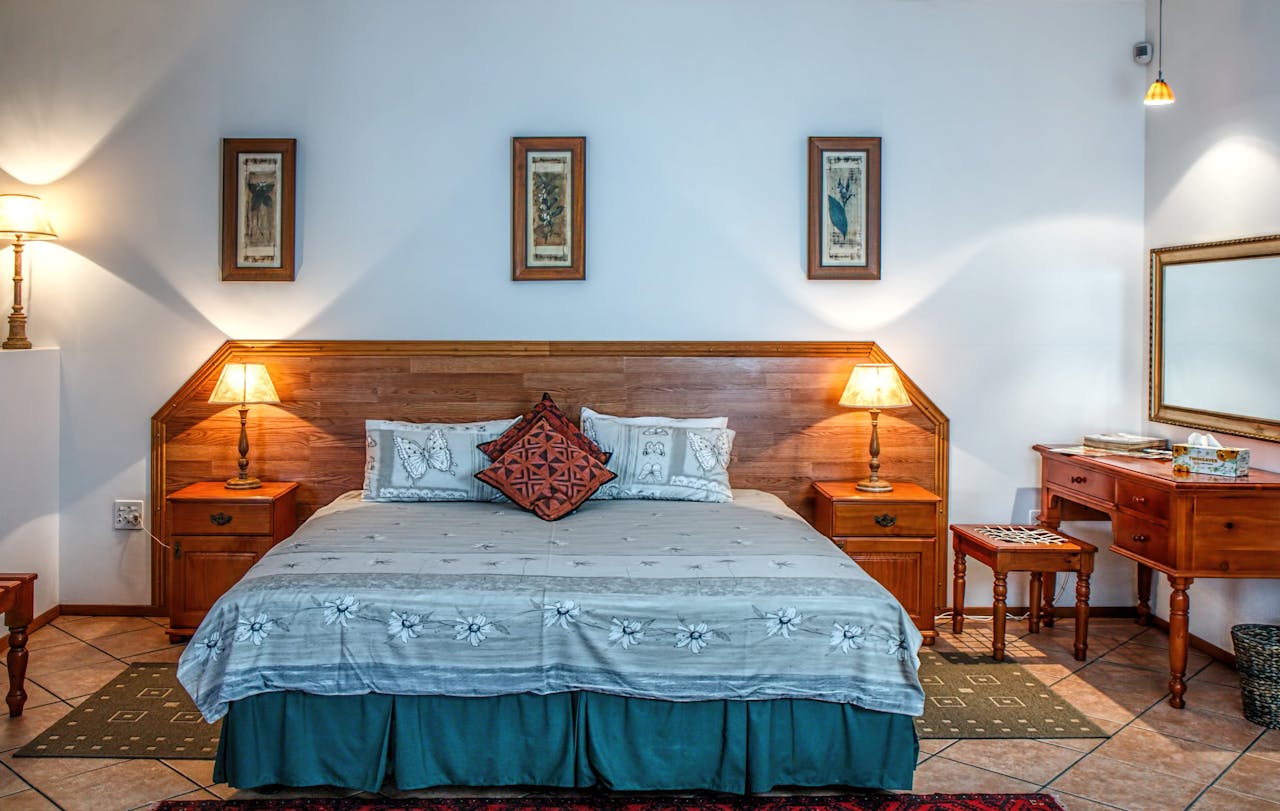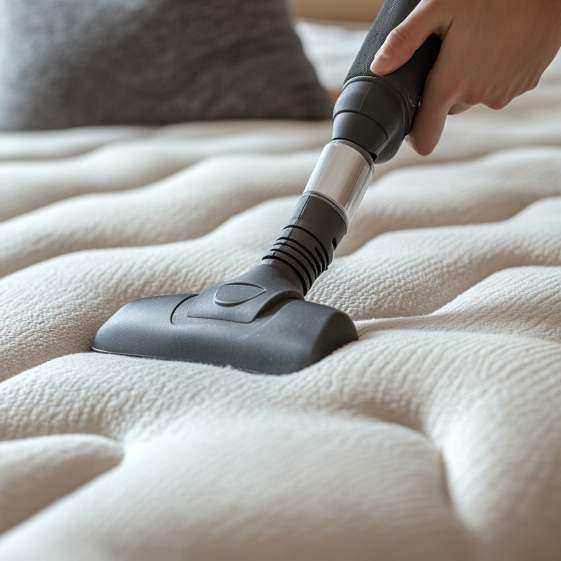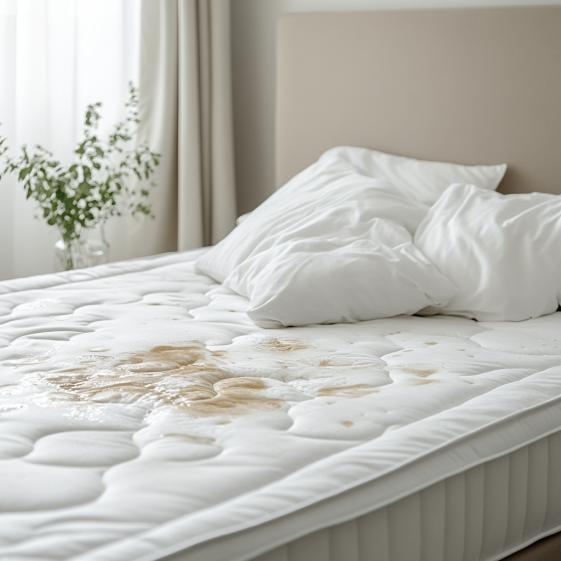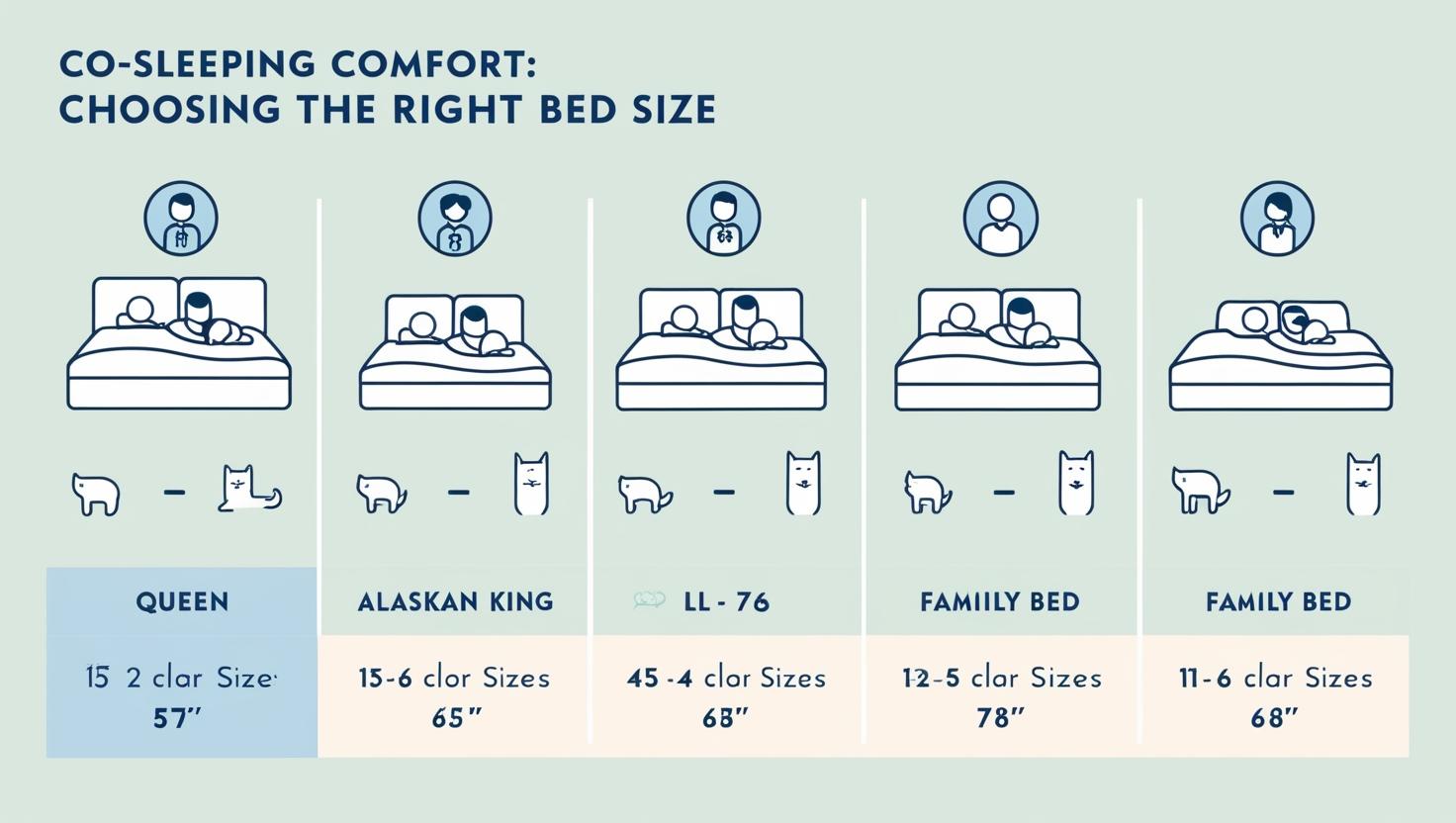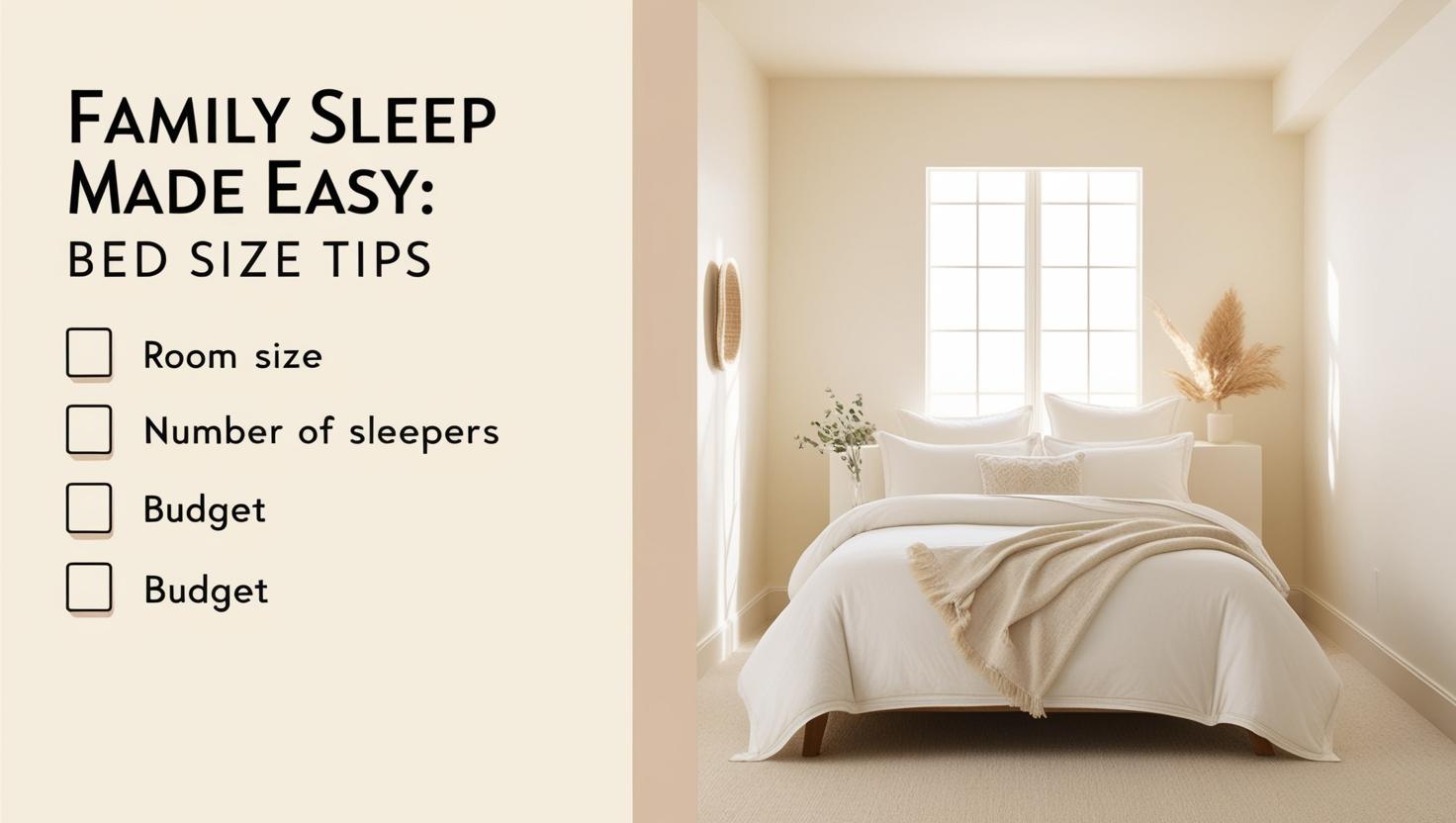Big Lots Bed Frame
Looking for an affordable yet reliable bed frame? This Big Lots bed frame review explains pricing, durability, and who it’s best for—so you don’t overspend.
Key Takeaways
- Price: Most Big Lots bed frame options sit under $200.
- Use case: Great for guest rooms, dorms, and short-term setups.
- Trade-offs: Lightweight materials mean lower weight limits and faster wear.
- Tip: Check center support, slat spacing, and easy assembly before you buy.
Why Your Bed Frame Matters
Answer first: Your frame affects comfort, airflow, and mattress lifespan. A stable base prevents sagging, reduces motion noise, and improves support, which is vital if you share the bed or move often at night. Good slat spacing also helps your mattress breathe, keeping heat and moisture in check.
Frames are furniture, too. The right silhouette can elevate a room while adding practical perks like under-bed storage. If you’re outfitting a guest room, a budget-friendly platform is fine; for daily use, consider stronger materials and a better warranty.
Big Lots Bed Frame Review
Answer first: A Big Lots bed frame is a solid bargain for light or temporary use. You’ll find metal platforms, basic wood looks, and upholstered options that assemble fast and cost far less than designer frames.
Inventory rotates seasonally, so focus on fundamentals: metal gauge or solid-wood components, center legs for queen and above, and slat spacing (ideally ≤3 inches for foam). When possible, read model-specific reviews for real-world durability signals like squeaks, bent slats, or hardware issues.
Pros & Cons
Pros
- Budget-friendly: Easy on the wallet when you’re furnishing quickly.
- Style variety: From minimalist metal to upholstered headboards.
- Simple setup: Many include tools and take under 30 minutes.
Cons
- Durability: Thinner metals and particle board can wear faster.
- Weight capacity: Some frames struggle with heavier sleepers or hybrids.
- Noise potential: Loose joints can creak; plan periodic re-tightening.
Eco-Friendly vs Conventional
Answer first: Eco-conscious frames cost more but last longer and reduce waste. Conventional bargain frames often use MDF or thin steel; sustainable picks favor FSC wood, bamboo, or recycled steel.
To shop greener without overspending, prioritize responsibly sourced wood and replaceable parts. For examples and materials guidance, see Architectural Digest’s best bed frames and browse brands with transparent sourcing like Ethical Bedding.
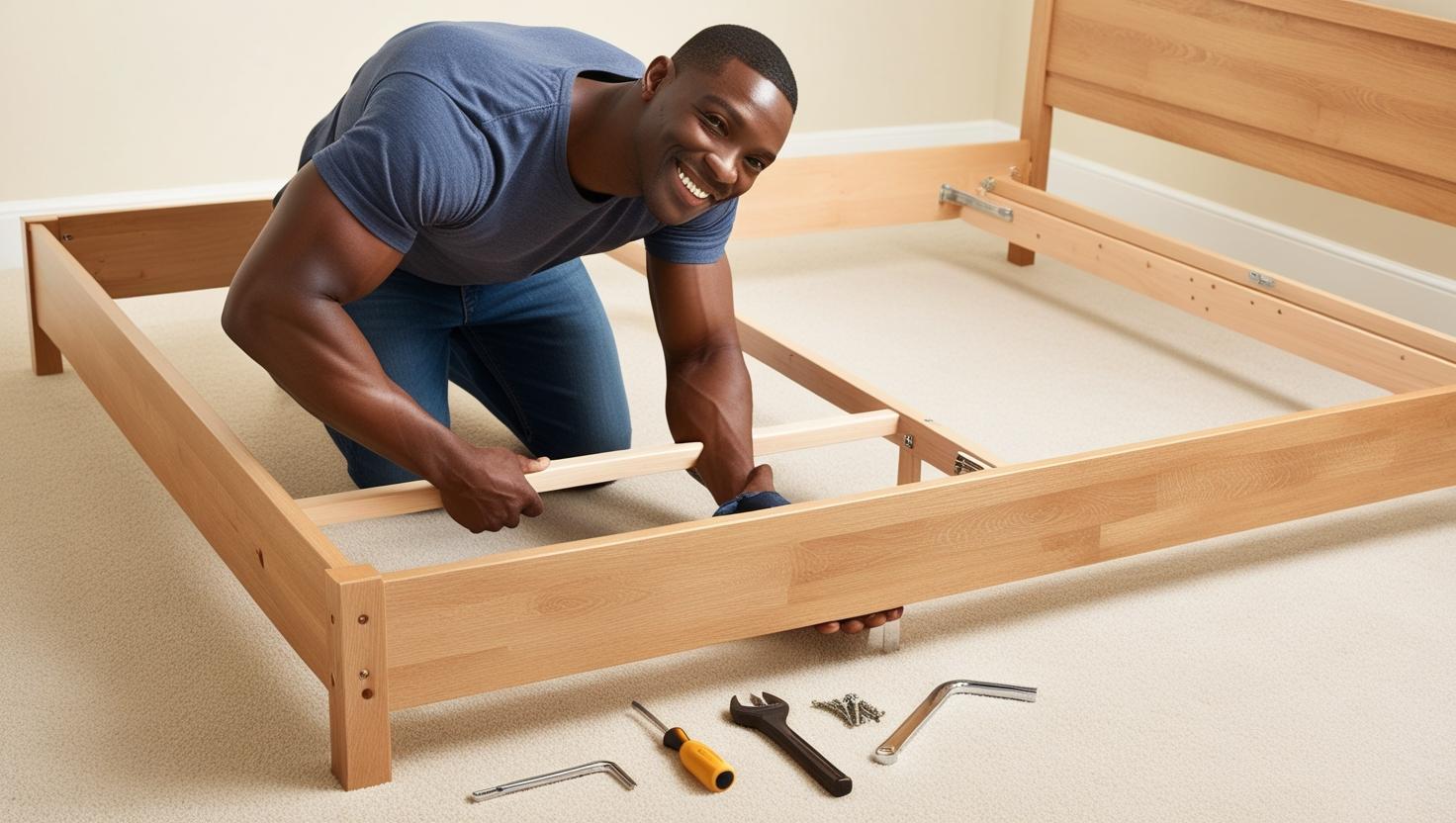
Simple platforms keep costs down—always confirm center support on queen+ sizes.
Real User Experiences
Answer first: Feedback is mixed—many buyers are happy for guest rooms, but daily heavy use exposes weaknesses. Watch for reviews mentioning squeaks, stripped screws, or shifting slats.
For longer-term comfort, buyers often upgrade to sturdier builds highlighted by sources like the Sleep Foundation. This aligns with our testing notes: budget frames can work well if expectations match price and usage.
Alternatives to Consider
Answer first: If you can spend a little more, step up to mid-range frames with solid wood or thicker steel.
- Nectar Bamboo Platform Bed Frame — About $399, tool-free assembly; praised for clean design and airflow (AD feature).
- Zinus Linda Wood Platform — Minimalist look with added support versus entry-level metal.
- Thuma Bed — Premium joinery and high capacity; costs more but built to last.

FAQ
- Do I need a box spring with a Big Lots bed frame?
- No—most are platform designs. If the height feels low, add a bunkie board or low-profile foundation.
- Will a budget frame creak?
- It can. Tighten hardware quarterly, add felt washers at metal contacts, and confirm center support on larger sizes.
- What’s the ideal slat spacing?
- For foam and hybrids, aim for slats ≤3 inches apart to prevent sagging and protect your warranty.
- Is a Big Lots bed frame good for everyday use?
- For single sleepers or guest rooms, often yes. Couples, heavier sleepers, or thick hybrids may want sturdier alternatives.
Final Thoughts
Answer first: A Big Lots bed frame is an easy win for tight budgets and temporary setups. For everyday durability, save for mid-range wood or heavier-gauge steel.
Keep shopping efficient with these resources from Cozy Bed Quarters and trusted outlets:

